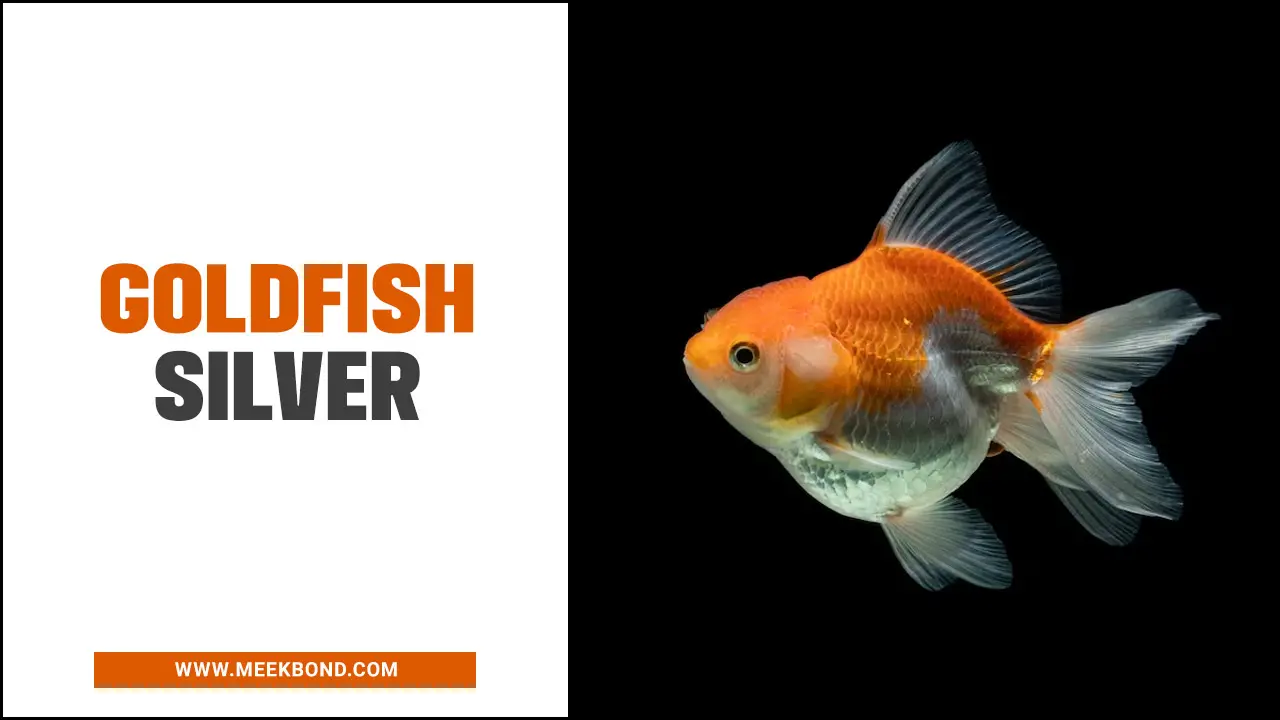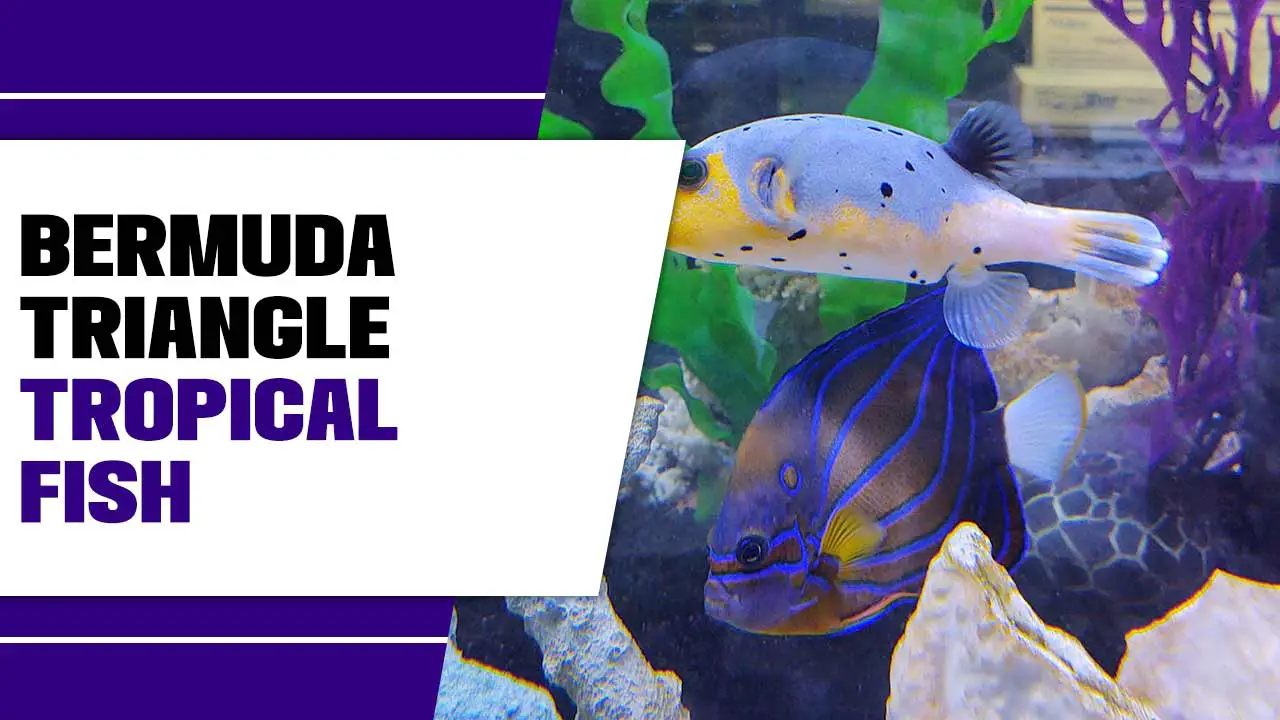Aquariums are among the most captivating and awe-inspiring additions to any home or office. The peaceful and serene atmosphere created by an aquarium is simply unmatched. A planted aquarium, in particular, is a beautiful and captivating sight.
The lush greenery, vibrant colors, and tranquil ambiance of a planted aquarium are simply breathtaking. A 75-gallon planted aquarium is a perfect size for those who are looking to create a stunning and mesmerizing aquatic ecosystem. However, creating and maintaining a planted aquarium can be daunting if you are unfamiliar with the process.
Here, we will guide you through creating a beautiful 75 gallon planted aquarium. From choosing the right aquarium, gravel, and lighting to selecting plants that will thrive in your aquatic environment, we will provide a comprehensive guide to help you turn your dream aquarium into a reality.
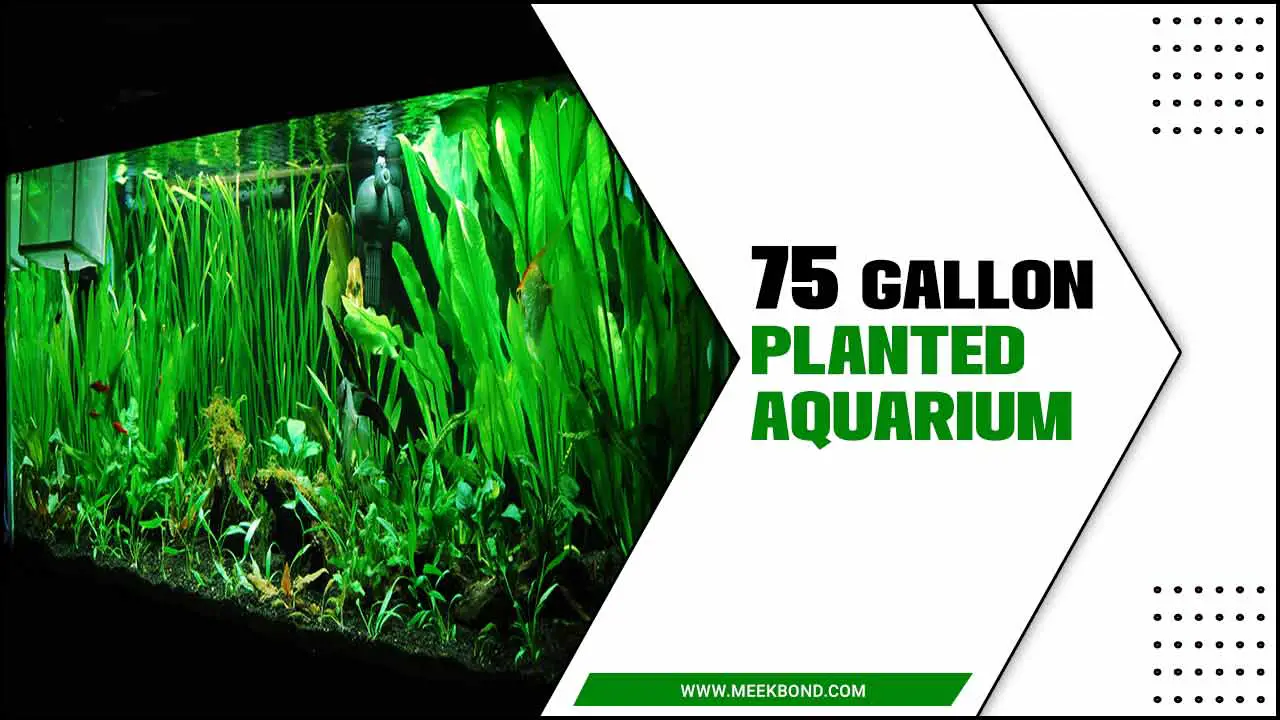
How To Create A Beautiful 75 Gallon Planted Aquarium
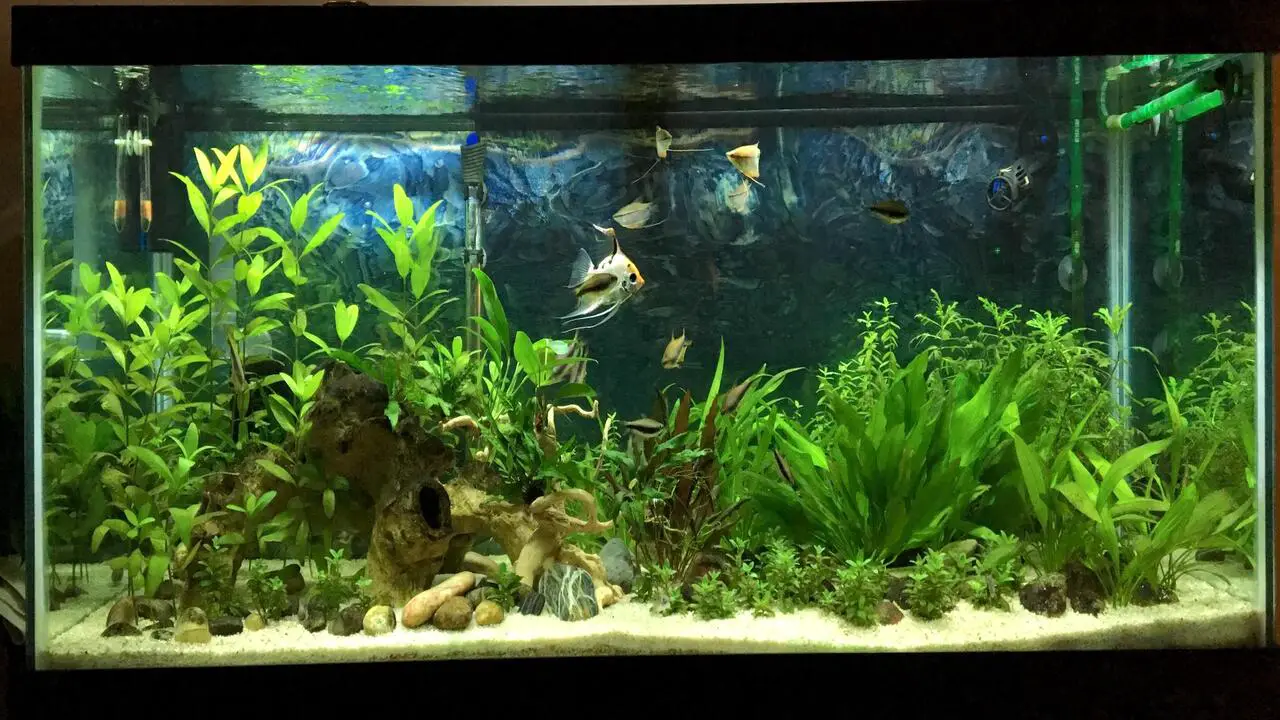
A 75-gallon planted aquarium can be a stunning addition to any home or office. This aquarium’s large size provides ample space for various plants and fish to thrive. Creating a beautiful 75 gallon planted aquarium can be an exciting and rewarding project. Here are some steps to help you get started:
- Plan your layout: Before adding any plants or fish, it’s important to have a clear vision of your aquarium’s appearance. Consider the types of plants you want to include, the placement of rocks and driftwood, and the overall aesthetic you’re aiming for.
- Choose your substrate: The substrate is the material that lines the bottom of your aquarium and provides nutrients for your plants. Opt for a nutrient-rich substrate specifically designed for planted tanks.
- Select your plants: Research different types of aquatic plants that are suitable for a 75-gallon tank. Consider lighting requirements, growth rate, and compatibility with other plant species.
- Provide adequate lighting: Plants require proper lighting to photosynthesize and thrive. Invest in a high-quality aquarium light that provides the necessary spectrum and intensity for plant growth.
- Establish a CO2 system: Carbon dioxide (CO2) is essential for plant photosynthesis. Consider installing a CO2 injection system to ensure your plants receive an adequate supply of this important gas.
- Monitor water parameters: Regularly test the water parameters in your aquarium, including pH, ammonia, nitrite, and nitrate levels. Adjust as needed to create a healthy environment for both plants and fish.
- Add fish and other inhabitants: Once your tank is fully set up and cycled, you can introduce fish and other aquatic inhabitants compatible with your planted setup.
Remember, creating a stunning 75 gallon planted aquarium takes time and effort. Be patient with the process and enjoy watching your underwater oasis come to life.
Choosing The Right Plants For Your 75-Gallon Tank
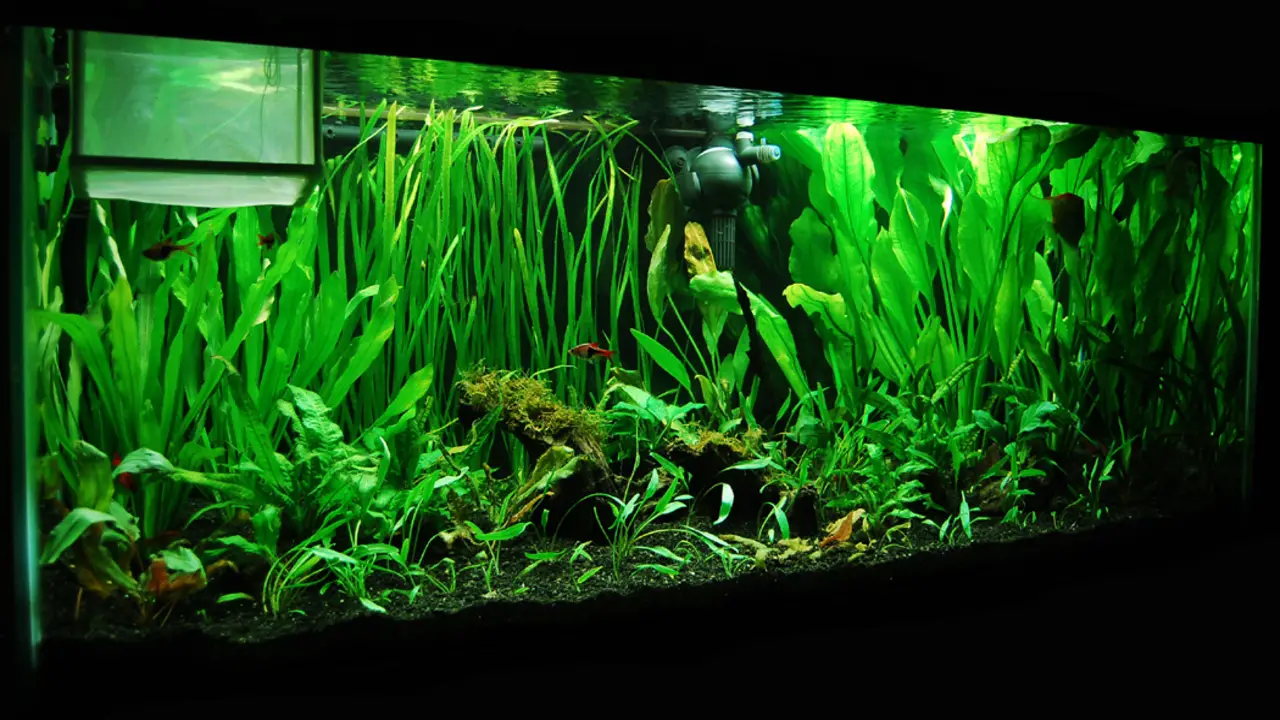
When selecting plants for your 75-gallon tank, it is important to consider their size and growth rate to ensure they fit well within the space. Aim for a mix of foreground, mid-ground, and background plants to create a visually appealing layout with depth and dimension. Additionally, choosing plant species with similar lighting and temperature requirements will make care and maintenance easier.
Choosing plants compatible with the fish species in your tank is also crucial to create a harmonious ecosystem. Researching each plant’s specific nutrient needs is essential to provide the necessary fertilization for optimal growth. By carefully considering these factors, you can create a stunning and thriving planted aquarium that enhances the overall aesthetic of your fish tank.
Understanding The Lighting Requirements For Your Plants
Different plant species have varying lighting requirements, including intensity and duration. To ensure optimal plant growth in your 75-gallon planted aquarium, it is recommended to use full-spectrum LED lights. These lights provide the right balance of light wavelengths that plants need for photosynthesis. Consider adding a timer to automate your lighting schedule and ensure consistent lighting periods, as this will help establish a natural day-night cycle for your plants.
It’s important to monitor the intensity of light reaching your plants to prevent excessive algae growth. Adjusting the lighting height and angle can help create uniform coverage across the entire tank, ensuring that all plants receive adequate light for healthy growth. By understanding and meeting the lighting requirements of your plants, you can create a vibrant and thriving underwater garden.
Selecting The Appropriate Substrate And Fertilizers
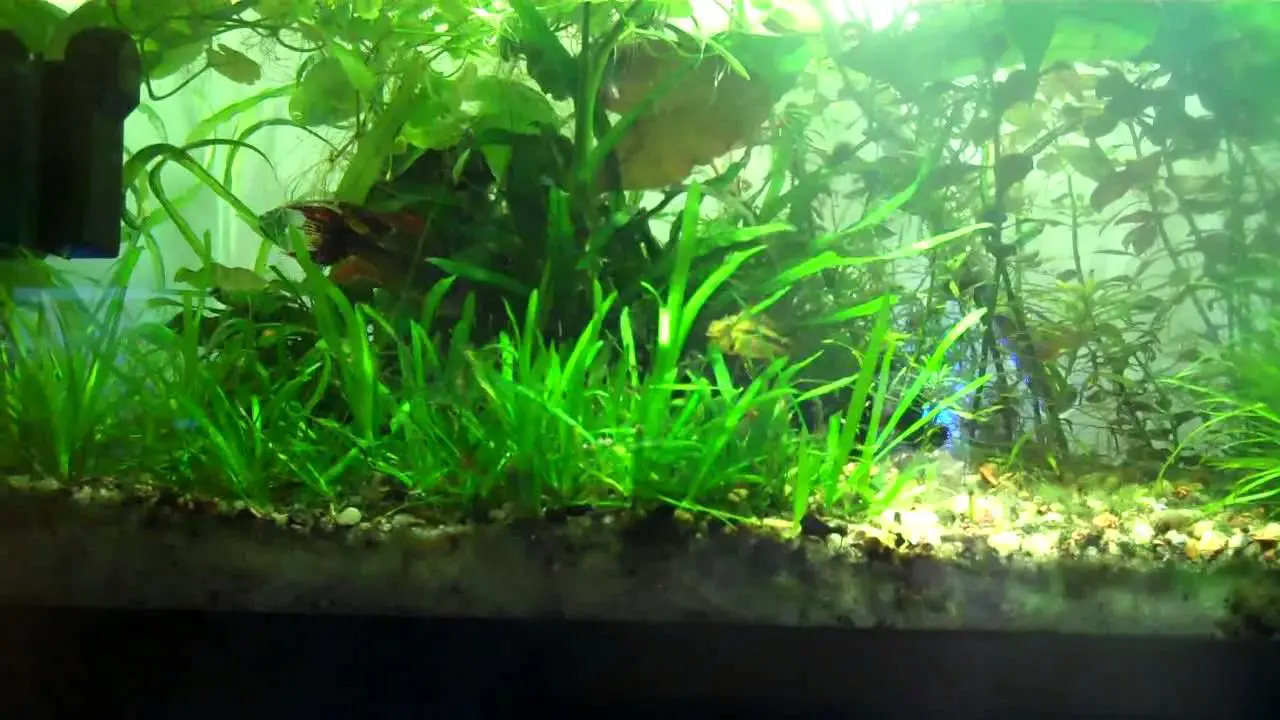
When setting up a 75-gallon planted aquarium, selecting the right substrate and fertilizers is crucial for the health and growth of your aquatic plants. To ensure optimal plant development, choosing a nutrient-rich substrate that promotes root development and supports overall plant growth is important. Consider using a mixture of gravel and aquatic soil for a balanced substrate composition.
This combination provides a stable base, allowing proper root penetration and nutrient absorption. In addition to the substrate, supplementing with root tabs or liquid fertilizers can provide the essential nutrients plants need to thrive. However, avoiding over-fertilizing is important as this can lead to algae blooms and harm your fish.
Instead, follow the recommended dosage and monitor the nutrient levels in your aquarium. Regularly testing water parameters will help you ensure nutrient levels are within the optimal range for healthy plant growth.
Creating A Balanced Ecosystem With Fish And Invertebrates
When creating a balanced ecosystem in your 75-gallon tank, it’s important to select fish species that are compatible with your chosen plant species and tank size. This ensures that the plants and fish can coexist harmoniously without any issues. Consider introducing algae-eating fish or invertebrates to help control algae growth naturally.
These helpful creatures will keep the algae in check and maintain the overall balance of the tank. Avoid overcrowding the tank, which can stress the fish and disrupt the ecosystem. Ensure to provide hiding spots and ample swimming space for the well-being of your aquatic inhabitants.
This will create a more natural environment and make your fish feel comfortable and secure. Regularly monitor water parameters and address any issues promptly to maintain a healthy environment for your plants and fish. By following these steps, you can create a thriving and balanced ecosystem in your 75 gallon planted aquarium.
Proper Maintenance And Care For Your Planted Aquarium
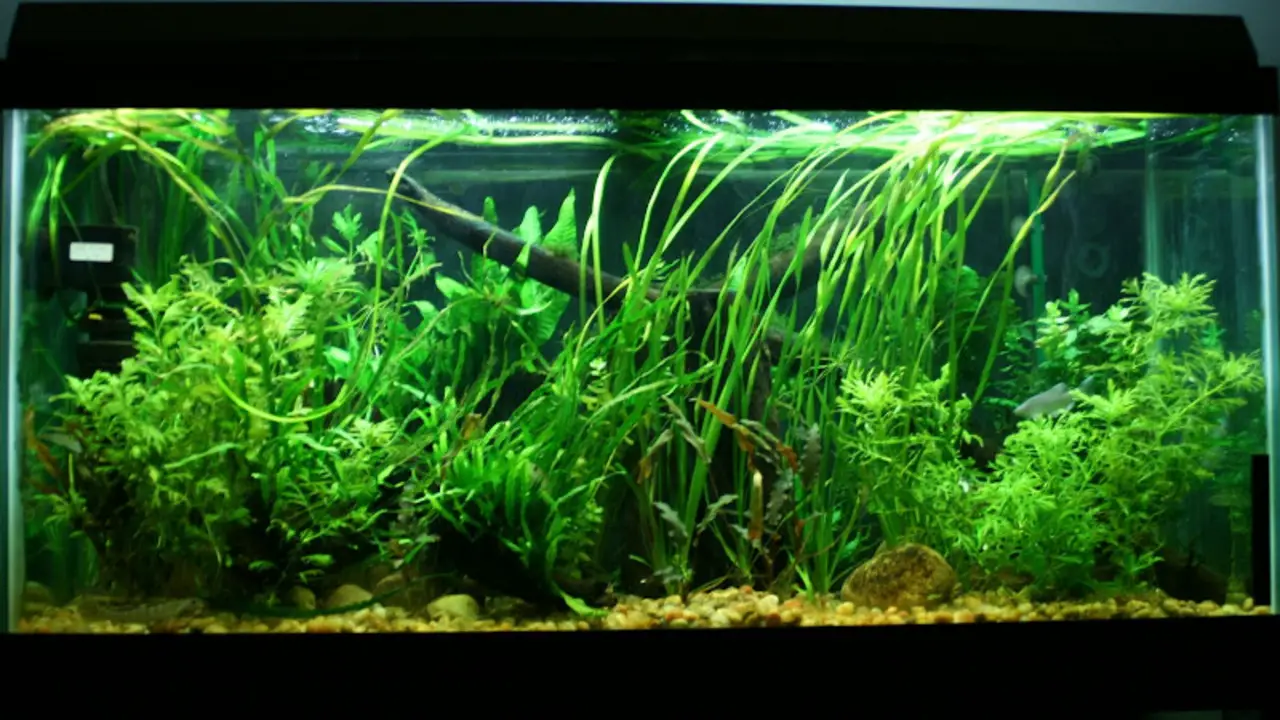
Performing regular water changes is crucial for maintaining the overall water quality of your fish tank. Not only does it help remove excess nutrients that can lead to algae growth but ensures a clean and healthy environment for your plants and fish. Another important aspect of maintenance is pruning and trimming your plants as needed.
This prevents overcrowding, allowing for proper circulation and healthy growth. Additionally, cleaning your filters and equipment on a regular basis is essential. It helps prevent debris buildup, ensuring efficient functioning and prolonging their lifespan.
Monitoring and adjusting the water temperature and pH levels are also key tasks in aquarium care. Different plant species and fish have specific requirements, so keeping these parameters in check is important to support their overall well-being. Lastly, establishing a consistent maintenance schedule is highly recommended.
By staying on top of necessary tasks, you can ensure your planted aquarium remains healthy and beautiful. Remember, proper maintenance and care play a vital role in the long-term success of your aquatic ecosystem.
Tips For Achieving A Visually Appealing Aquascape
A 75-gallon planted aquarium is a beautiful and challenging way to showcase aquatic life in your home. A planted aquarium is a mini-ecosystem that requires careful planning and maintenance to thrive. Creating a visually appealing 75-gallon planted aquarium requires careful planning and attention to detail. Here are some tips to help you achieve the desired look for your aquarium:
- Choose the right plants: Select various aquatic plants that thrive in your aquarium’s conditions, such as low-light or high-light plants.
- Create depth and dimension: Arrange taller plants towards the back of the tank and shorter plants towards the front to create a sense of depth.
- Use contrasting colors: Mix shades of green, red, and purple plants to add visual interest and contrast.
- Incorporate hardscape elements: Add driftwood, rocks, or other decorative elements to enhance the natural aesthetic and provide hiding places for fish.
- Proper lighting: Ensure your aquarium has appropriate lighting for plant growth. LED lights are often recommended for planted tanks.
- Regular maintenance: Trim back overgrown plants and remove dead leaves or debris to keep your aquarium clean and well-maintained.
Following these tips, you can create a visually stunning 75-gallon planted aquarium that will be a beautiful centerpiece in any room.
Avoiding Common Mistakes When Setting Up A Planted Aquarium
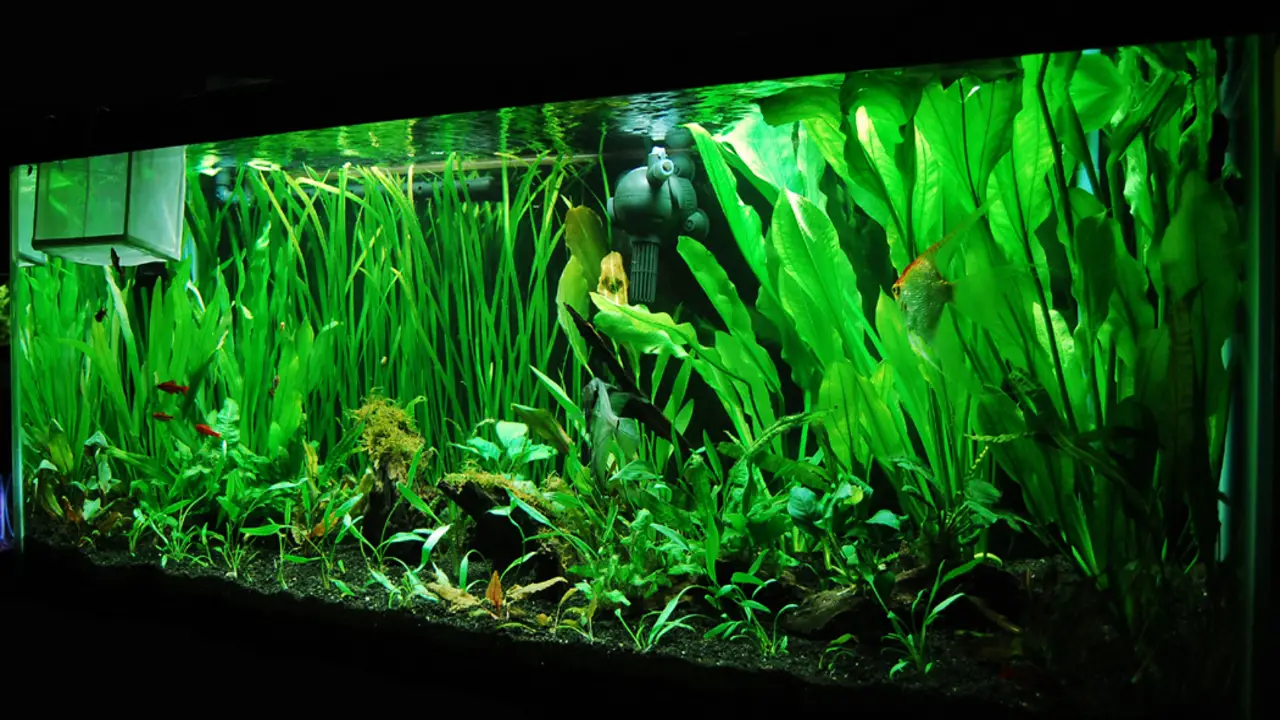
Setting up a 75-gallon planted aquarium can be an exciting and rewarding project. Proper planning and care can make it a beautiful and thriving ecosystem for various fish, aquatic plants, and invertebrates. However, there are some common mistakes that you’ll want to avoid to ensure the success of your tank. Here are a few tips to help you get started:
- Research and plan: Before diving into setting up your aquarium, take the time to research different plant species and their specific care requirements. This will help you choose the right plants for your tank and create a suitable environment for them to thrive.
- Invest in quality equipment: To maintain a healthy planted aquarium, it’s important to invest in high-quality equipment such as lighting, filtration, and CO2 systems. These components will provide the necessary light, nutrients, and circulation for your plants to grow successfully.
- Proper substrate: Choose a substrate specifically designed for planted aquariums. This will provide nutrients for your plants’ root systems and promote healthy growth.
- Avoid overcrowding: It can be tempting to fill your tank with as many plants as possible, but overcrowding can lead to poor water circulation and nutrient deficiencies. Be mindful of spacing between plants and allow room for growth.
- Regular maintenance: Like any aquarium, a planted tank requires regular maintenance, such as water changes, pruning, and monitoring water parameters. Stay on top of these tasks to keep your tank clean and healthy.
By avoiding these common mistakes and following proper care guidelines, you can enjoy a beautiful and thriving 75-gallon planted aquarium in your home or office space.
Benefits Of Having A Planted Aquarium
A planted aquarium offers various benefits that contribute to your fish tank’s overall health and beauty. Aquatic plants act as natural filters, assisting in maintaining optimal water quality by absorbing excess nutrients and reducing the build-up of harmful substances. This helps create a clean and clear environment for your fish to thrive in.
Additionally, a planted aquarium adds a touch of natural beauty, enhancing the visual appeal of your tank. Live plants create a more realistic and aesthetically pleasing habitat for your fish, resembling their natural surroundings. These plants also play a crucial role in oxygenation, producing oxygen through photosynthesis, ensuring a well-oxygenated aquatic ecosystem.
Furthermore, the calming atmosphere created by live plants helps reduce fish stress, promoting their overall well-being. Lastly, tending to and maintaining a well-balanced planted aquarium can be a rewarding and engaging hobby, allowing you to connect with nature and experience the joy of nurturing a thriving underwater ecosystem.
Troubleshooting Common Issues In A Planted Aquarium
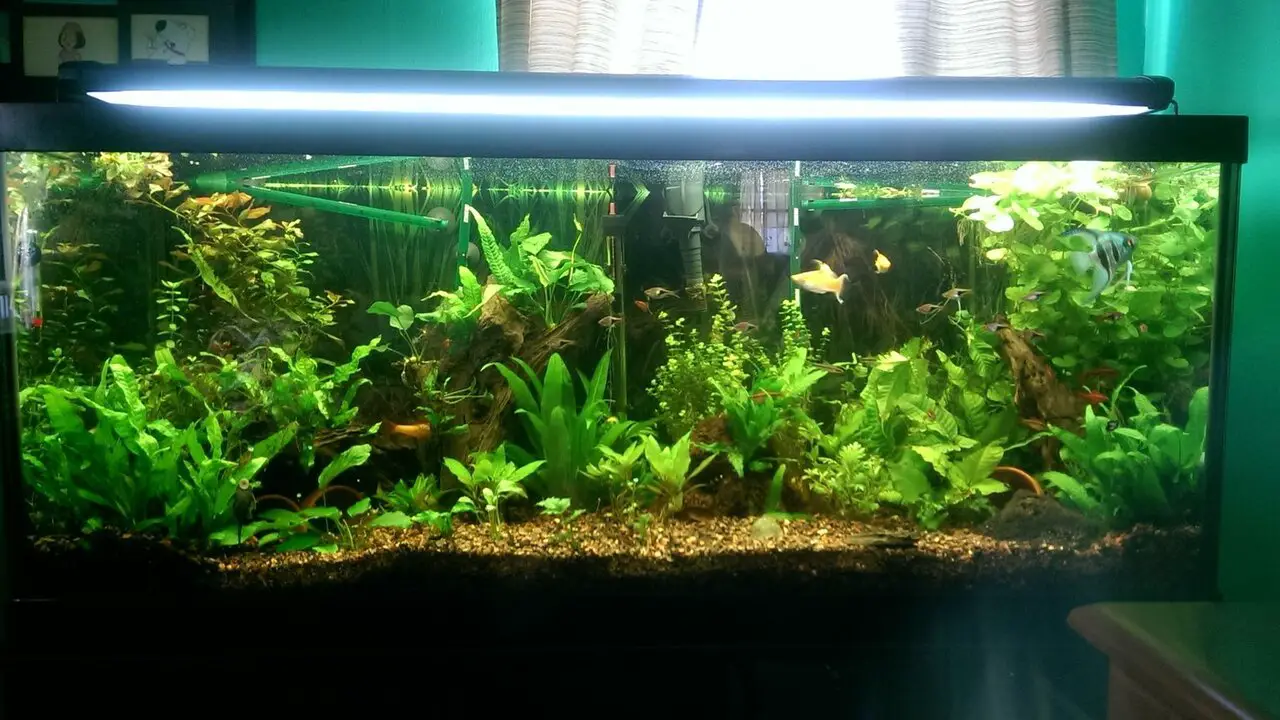
Balancing lighting, nutrient levels, and maintenance practices is crucial for controlling algae growth in a planted aquarium. You can address any nutrient deficiencies in your plants by providing the necessary fertilization. It’s important to promptly address any sudden changes in water parameters to prevent stress on fish and plants.
Monitoring and adjusting CO2 levels, if necessary, can optimize plant growth and prevent algae outbreaks. If you encounter persistent problems in your planted aquarium, seeking advice from experienced aquarists or professionals is always a good idea. Maintaining a healthy and thriving aquarium requires careful attention to detail and proactive troubleshooting.
Conclusion
Creating a beautiful 75 gallon planted aquarium requires careful planning and consideration of various factors. Each step plays a crucial role in creating a balanced ecosystem, from choosing the right plants and understanding their lighting requirements to selecting the appropriate substrate and fertilizers. Regular maintenance and proper care are essential for the long-term success of your aquarium.
By following these steps and avoiding common mistakes, you can achieve a visually appealing aquascape that brings tranquility and beauty to any space. Additionally, having a planted aquarium offers numerous benefits, including improved water quality, reduced stress, and increased oxygen levels. Troubleshooting common issues will ensure the health and vitality of your aquatic ecosystem. So, dive into the world of planted aquariums and enjoy the natural beauty it brings to your home or office.
Frequently Asked Questions
How Long Does It Take A 75 Gallon Aquarium To Cycle?
The cycling process for a 75 gallon aquarium typically takes around 4 to 8 weeks. During this time, beneficial bacteria colonize the filter and substrate to break down harmful ammonia and nitrite. Regularly testing ammonia and nitrite levels is important to ensure they decrease. Once the cycling process is complete, you can safely add fish and plants to your aquarium.
Can My Floor Support A 75 Gallon Aquarium?
The weight of a 75 gallon aquarium can vary, but when filled, it can weigh over 700 pounds. To ensure your floor can support the weight, it is recommended to consult a structural engineer or contractor. Alternatively, you can use a stand or cabinet designed specifically for aquariums.
How Big Of A Fish Can You Keep In A 75 Gallon Tank?
The suitability of fish for a 75 gallon tank depends on the species. Larger fish like cichlids or angelfish may be suitable, but it’s important to research each fish’s needs and requirements before adding them. Overcrowding can lead to poor water quality and health issues for the fish.
What Can I Put In A 75-Gallon Tank?
A 75-gallon tank offers plenty of options for fish and invertebrates. You can choose from various species like cichlids, tetras, gouramis, and even shrimp or snails. Just make sure to consider their compatibility and care requirements. Adding plants can also enhance the filtration and aesthetics of your tank.
What Are The Benefits Of Having A 75 Gallon Planted Aquarium?
Having a 75 gallon planted aquarium offers numerous benefits. It provides ample space for various fish and plant species, improving water quality and reducing stress in fish and humans. A well-maintained planted aquarium can add beauty to any home or office space.

Aquarium passion is all about connecting with the aquatic life and providing education to the public on the importance of these creatures. We showcase a wide variety of marine life through our exhibits as well as working with schools to provide unique learning opportunities for students of all ages.

